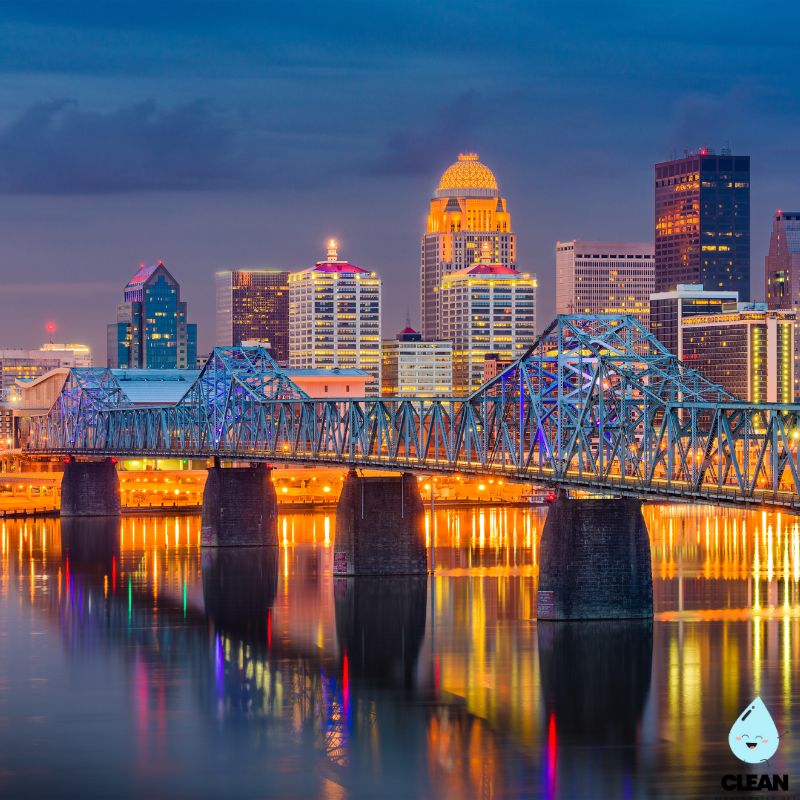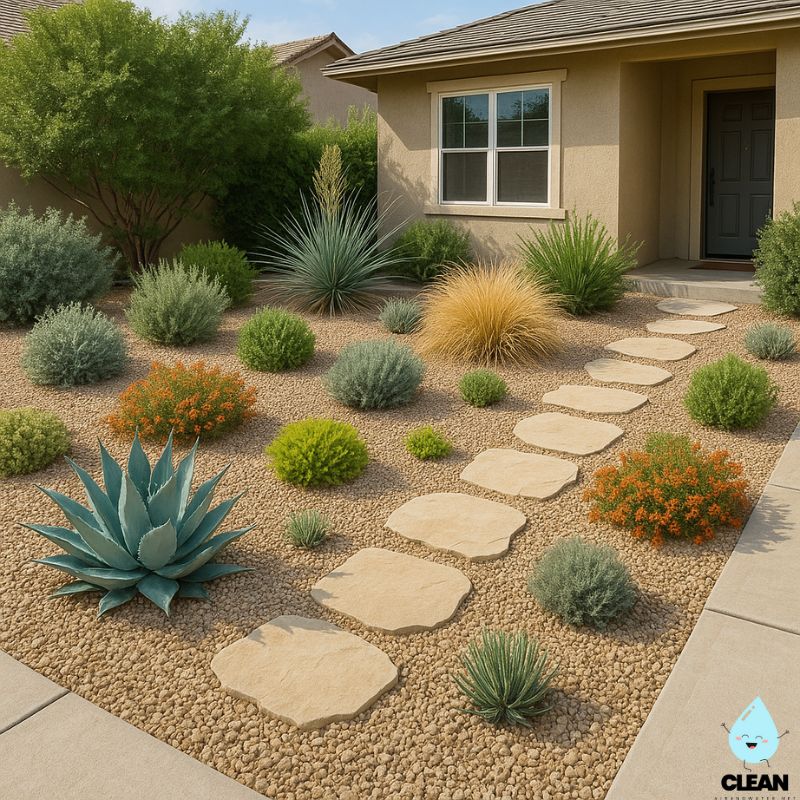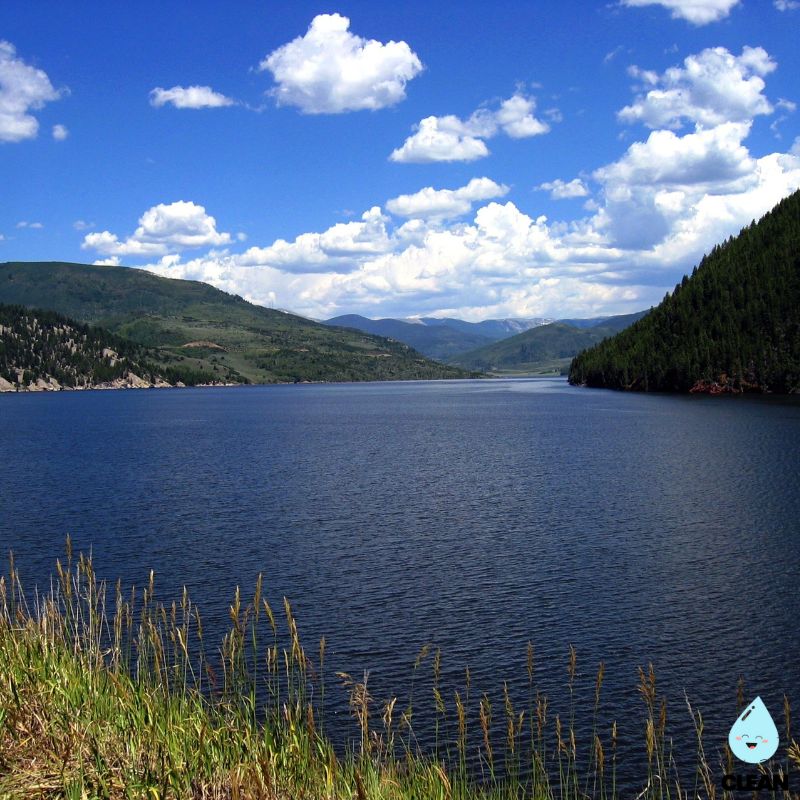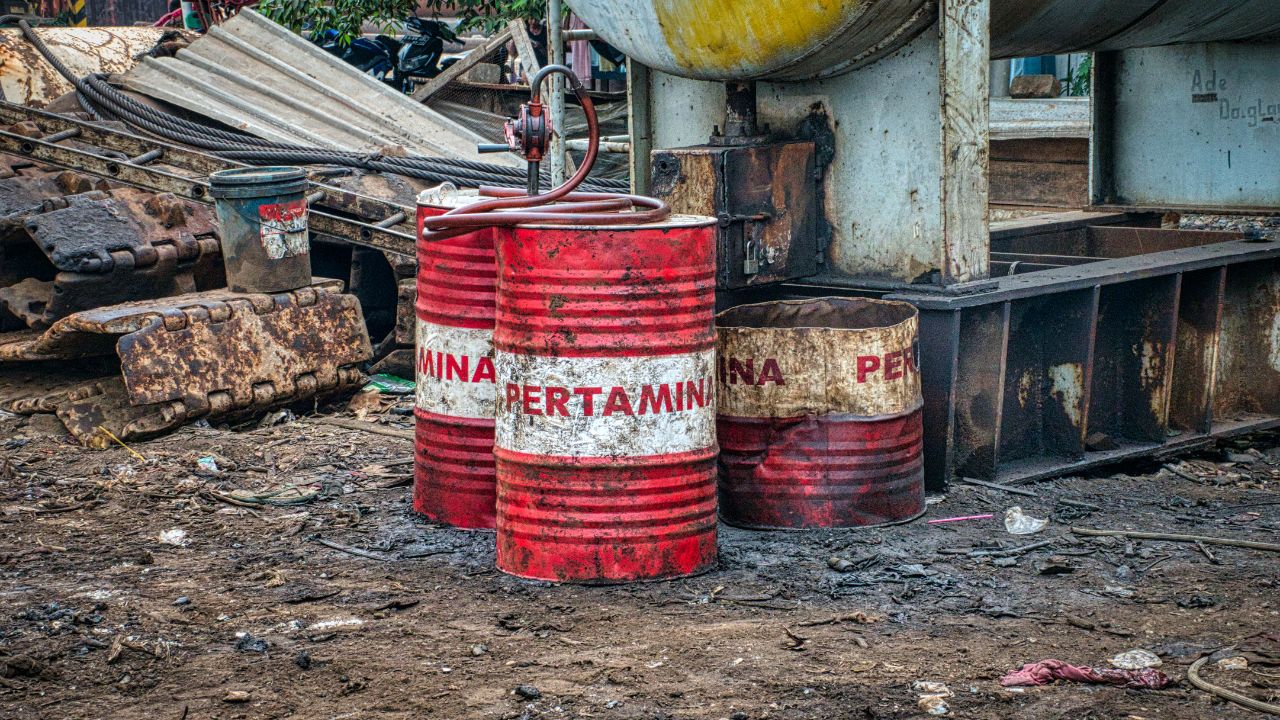Louisville Water Quality at a Glance
moderate concerns
Is Louisville Water Safe to Drink?
Generally Yes, With Some Caution – Louisville water meets all federal standards and has won awards for taste quality. However, PFAS “forever chemicals” affect approximately 850,000 residents served by Louisville Water Company. Additional concerns include disinfection byproducts from chlorine treatment. Water sources from the Ohio River show PFOA levels averaging 2-2.6 parts per trillion, which are below new federal limits but above some health recommendations.
⚠️ Key Concerns for Louisville Residents
- PFAS “Forever Chemicals”: Louisville Water Company serves ~850,000 people with detectable PFAS levels; PFOA averaging 2-2.6 ppt at treatment plants
- Ohio River Source: Contamination from upstream sources including Chemours plant in West Virginia affecting water quality
- Disinfection Byproducts: TTHMs at 27.8 ppb average (146x above EWG recommendation) and HAA5 at 27.3 ppb from chlorine treatment
- Historical Issues: Previous chromium-6 contamination successfully reduced; ongoing monitoring for various industrial contaminants
Read the full report below for detailed analysis, testing data, and actionable recommendations for Louisville residents.
Louisville – Kentucky – Water Quality Report 2025: PFAS Testing, Infrastructure Concerns & Safety across your city
Louisville Water Company provides drinking water services to more than 800,000 residents across the Louisville metropolitan area, including parts of Bullitt, Hardin, Nelson, Oldham, Shelby, and Spencer counties. Established in 1860 as Kentucky’s first public water provider, the system encompasses an extensive network of over 4,200 miles of water distribution lines, treatment facilities, and pumping stations, delivering an average of 120 million gallons of drinking water daily to Kentucky’s largest city and surrounding communities.
Louisville Water sources its drinking water primarily from the Ohio River, with two treatment facilities processing the water through different methods. The Crescent Hill Water Treatment Plant treats water pumped directly from the Ohio River, while the B.E. Payne Water Treatment Plant utilizes an innovative riverbank filtration system that collects naturally pre-filtered groundwater from the aquifer adjacent to the river. Louisville’s water is renowned for its quality and taste, consistently meeting or exceeding all federal and state standards. The utility has implemented significant investments in advanced treatment technologies, infrastructure modernization, and source water protection to ensure sustainable water supply for future generations.

Louisville Water Quality: Current Status (2024-2025)
Latest Testing Results
- Comprehensive Monitoring: Louisville Water conducts extensive water quality testing across the system, ensuring consistent monitoring at treatment facilities and throughout the distribution network for continued compliance with all federal and state standards.
- PFAS Compliance: The Louisville Water Company meets the EPA’s 2024 finalized drinking water standards for PFAS (per- and polyfluoroalkyl substances), with PFOA levels averaging 2-2.6 parts per trillion at treatment plants, well below the federal limit of 4 parts per trillion.
- Disinfection Byproducts: Quarterly monitoring for disinfection byproducts throughout the distribution system shows levels below EPA maximum contaminant levels, though total trihalomethanes (TTHMs) average 27.8 ppb and haloacetic acids (HAA5) average 27.3 ppb.
Water Sources
- Ohio River: Primary source for Louisville’s drinking water, providing an abundant and reliable water supply. However, the river receives contamination from upstream sources including industrial facilities, which can introduce PFAS and other contaminants.
- Louisville Aquifer: Secondary source accessed through innovative riverbank filtration at the B.E. Payne Water Treatment Plant, providing naturally pre-filtered groundwater that requires less treatment and maintains a stable water temperature of approximately 55 degrees.
- Source Water Protection: Comprehensive source water management program including participation in the Ohio River Valley Water Sanitation Commission (ORSANCO) and maintaining a Source Water Assessment and Protection Plan (SWAPP) to address potential contamination sources.
Advanced Treatment Technology
- Crescent Hill Treatment Plant: The primary treatment facility utilizes a multi-step approach including coagulation to remove particles, sedimentation, filtration through anthracite coal and sand, and disinfection with chlorine and ammonia to eliminate waterborne pathogens.
- B.E. Payne Treatment Plant: This innovative facility incorporates riverbank filtration which naturally pre-filters water through sand and gravel layers before additional treatment, improving water quality and reducing treatment requirements.
- PFAS Research: Louisville Water is actively researching advanced treatment options including powdered activated carbon to reduce PFAS levels even lower than current detections, with ongoing evaluation of effectiveness under local water quality conditions.
Infrastructure Modernization
- Advanced Metering Infrastructure: Implementation of the AMI project began in 2020, with more than two-thirds of customers now benefiting from advanced water meters featuring wireless communication capabilities, allowing for improved monitoring and more efficient operations.
- Main Replacement Program: The Main Replacement and Rehabilitation Program (MRRP) started in the 1980s uses advanced technology to identify potential leaks and weaknesses in the over 4,200 miles of pipes throughout the service area, often without shutting off water flow.
- Systematic Maintenance: Proactive investment in infrastructure maintenance and upgrades, with significant annual funding dedicated to pipes, treatment plants, elevated water tanks, and pumping stations to prevent costly emergency repairs.
Customer Protection Initiatives
Louisville Water provides extensive customer support through various programs, including educational outreach about water quality and conservation practices. The utility’s Pure Connect customer portal offers enhanced ability for customers to monitor their water usage and receive timely notifications. Louisville’s water, marketed as “Louisville Pure Tap®,” is renowned for its exceptional taste, winning national recognition. The utility has received the Sustainable Water Utility Management Award for its commitment to management that achieves a balance of innovative and successful efforts in economic, social, and environmental endeavors. Louisville Water’s ongoing investments in source water protection, advanced treatment technologies, and infrastructure modernization demonstrate its dedication to providing safe, high-quality drinking water while preparing for future challenges including population growth and emerging contaminants.
Recommendations for Louisville Residents

Monitor Your Usage
Take advantage of Louisville Water’s Pure Connect portal to monitor your water consumption in real-time. This tool helps detect potential leaks early and provides insights into your water usage patterns for better conservation.

Conserve Water
Implement water conservation measures at home by fixing leaks promptly, installing water-efficient fixtures, and adopting smart landscaping practices. Every drop saved helps ensure sustainable water resources for the Louisville community.

Consider Home Filtration
While Louisville’s water meets all standards, consider NSF-certified activated carbon filters (Standard 53) for drinking and cooking water to reduce disinfection byproducts and trace contaminants like PFAS, especially given elevated levels compared to health guidelines.

Support Source Water Protection
Participate in community initiatives that support watershed protection and water education programs. Contact Louisville Water about volunteer opportunities for creek cleanups and educational events focused on water conservation and protecting the Ohio River watershed.

Report Issues
Contact Louisville Water Customer Care at 502-569-3600 (available 24/7) for water main breaks, pressure problems, or quality concerns. Report leaks promptly to help conserve water and maintain system integrity throughout the Louisville service area.
wp:group –>
Frequently Asked Questions
Is Louisville’s tap water safe to drink?
Yes, Louisville’s tap water meets all federal and state drinking water standards. The city’s water comes from the Ohio River and the Louisville Aquifer, both of which undergo comprehensive treatment including multiple filtration processes and disinfection.
Louisville Water conducts extensive testing to ensure water quality. Treatment processes at both the Crescent Hill and B.E. Payne plants incorporate multiple barriers against contaminants, ensuring safe drinking water. However, like many water systems, Louisville’s water contains detectable levels of PFAS and disinfection byproducts, though within federal regulatory limits. The utility’s commitment to water quality is demonstrated by its continuous monitoring and transparent reporting through annual water quality reports available to all customers.
How does Louisville treat Ohio River water?
Louisville Water uses two distinct treatment processes depending on the source:
1. Crescent Hill Water Treatment Plant: Uses traditional surface water treatment with coagulation to clump small particles, sedimentation to remove particles, filtration through anthracite coal and sand, and disinfection with chlorine and ammonia.
2. B.E. Payne Water Treatment Plant: Utilizes innovative riverbank filtration where the surrounding aquifer naturally pre-filters groundwater through sand and gravel before additional treatment.
Both treatment plants consistently deliver high-quality water, with Louisville’s water earning recognition for taste and safety. The utility markets its product as “Louisville Pure Tap®” due to its exceptional quality.
What about PFAS in Louisville’s water?
Louisville Water meets the EPA’s 2024 finalized regulatory standards for PFAS chemicals in drinking water:
• Current levels: PFOA levels average 2-2.6 parts per trillion at treatment plants, below the federal limit of 4 ppt but above some health recommendations.
• Ongoing monitoring: Louisville Water has been monitoring PFAS since 2013, making it well-positioned to address these emerging contaminants.
• Treatment research: The utility is researching advanced treatment options including powdered activated carbon to reduce PFAS levels even lower than current detections.
• Source issues: Contamination originates from upstream sources including industrial facilities like the Chemours plant in West Virginia, which has exceeded permitted discharge limits.
• Exposure context: While drinking water exposure is a concern, most PFAS exposure comes from consumer products rather than drinking water.
What infrastructure projects is Louisville Water working on?
Louisville Water is currently implementing several major infrastructure initiatives:
Advanced Metering Infrastructure (AMI):
• Project began in 2020 with more than two-thirds of customers now having advanced meters with wireless communication capabilities
• Enables enhanced customer monitoring of water usage through the Pure Connect portal
Main Replacement Program:
• The Main Replacement and Rehabilitation Program (MRRP) started in the 1980s continues to upgrade aging infrastructure across the 4,200+ mile system
• Uses advanced technology to identify potential issues often without shutting off water flow
Louisville Water maintains significant annual investment in infrastructure maintenance and upgrades for pipes, treatment plants, elevated water tanks, and pumping stations throughout its service area.
Quality News About Your Water
Get the comprehensive water quality news coverage you need with our dedicated US Water News Service. From coast to coast, we deliver in-depth reporting and expert analysis on PFAS contamination, EPA regulatory changes, infrastructure developments, and emerging water safety issues affecting communities nationwide. While mainstream media only covers the biggest stories, we provide the detailed, ongoing coverage that helps you understand the full scope of America’s water challenges. Whether you’re a concerned citizen, water professional, or community leader, our daily updates and analytical insights keep you informed about the issues that matter most to public health and environmental safety.
Contaminants of Concern

Disinfection Byproducts
Source: Formed when disinfectants such as chlorine or chloramine react with naturally occurring organic matter in source water; may be more prevalent during warmer months or periods of higher organic content in the Ohio River.
Health Effects: Long-term exposure to elevated levels may increase risk of certain cancers and potentially affect liver, kidney, and central nervous system functions according to EPA health advisories.
Current Levels: Louisville Water maintains levels below EPA limits but above some health recommendations. TTHMs average 27.8 ppb (EPA limit: 80 ppb) and HAA5 average 27.3 ppb (EPA limit: 60 ppb). These levels are 146 times and 273 times higher than Environmental Working Group recommendations respectively.

PFAS Compounds
Source: Per- and polyfluoroalkyl substances originating from industrial processes, firefighting foams, and consumer products that enter the Ohio River watershed. Primary contamination source identified as the Chemours Washington Works plant in West Virginia, approximately 400 miles upstream.
Health Effects: Research suggests potential concerns including impacts on immune system, thyroid function, cholesterol levels, and possible links to certain cancers with long-term exposure to elevated levels.
Current Status: Louisville Water meets EPA’s 2024 regulatory standards. PFOA levels average 2-2.6 parts per trillion at treatment plants (below 4 ppt federal limit). However, a 2019 residential sample showed 10 different PFAS compounds totaling 45.2 ppt, which exceeds some independent health recommendations of 1 ppt. The utility continues research on powdered activated carbon treatment to reduce levels further.
Please read – our information
The information presented on cleanairandwater.net is compiled from official water quality reports, trusted news sources, government websites, and public health resources. While we strive for accuracy and thoroughness in our presentations, we are not scientists, engineers, or qualified water quality professionals.
Our mission is to present water quality information in an accessible, real-world format that helps people understand what’s in their water and make informed decisions about their health and safety. We believe that complex environmental information should be available to everyone in a format that’s easy to understand.
We make every effort to ensure our content is current and accurate, but we cannot guarantee that all information is complete or error-free. This website should not replace official communications from your local water utility or health department. We always recommend consulting official sources for the most up-to-date information regarding your specific water system.
Clean Air and Water is not liable for any unintentional errors, omissions, or outdated information. The content on this site is provided for informational purposes only and should not be considered professional advice.


